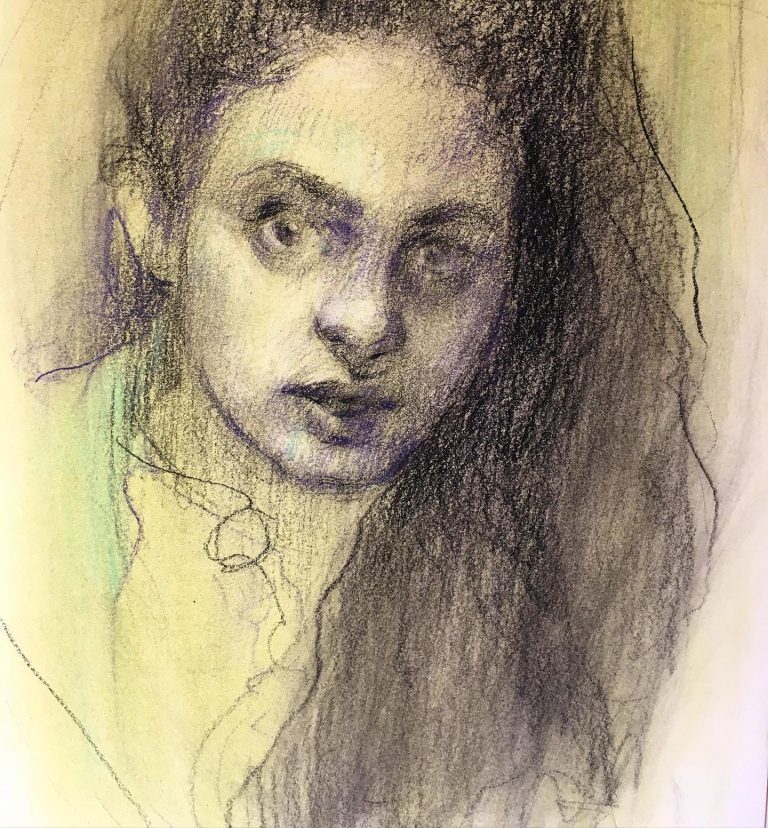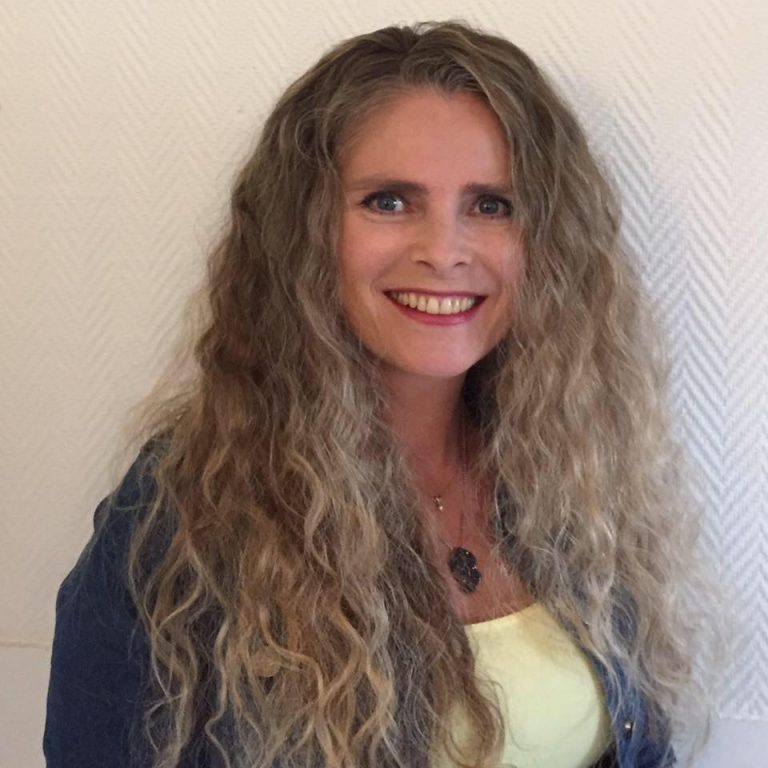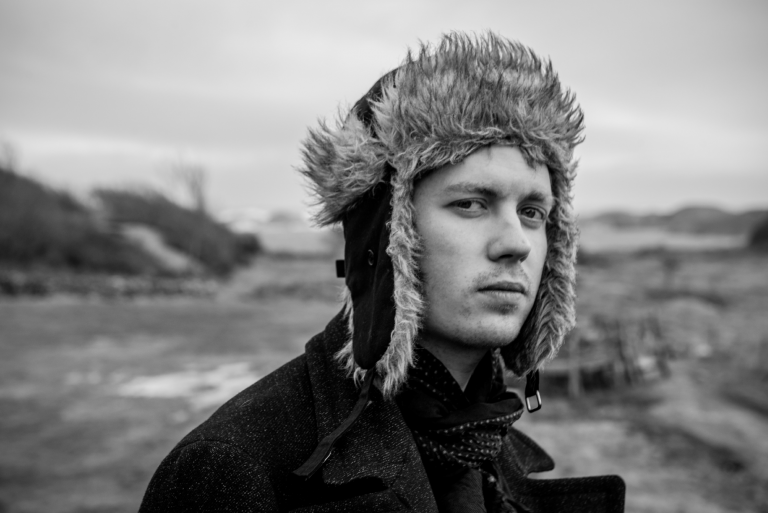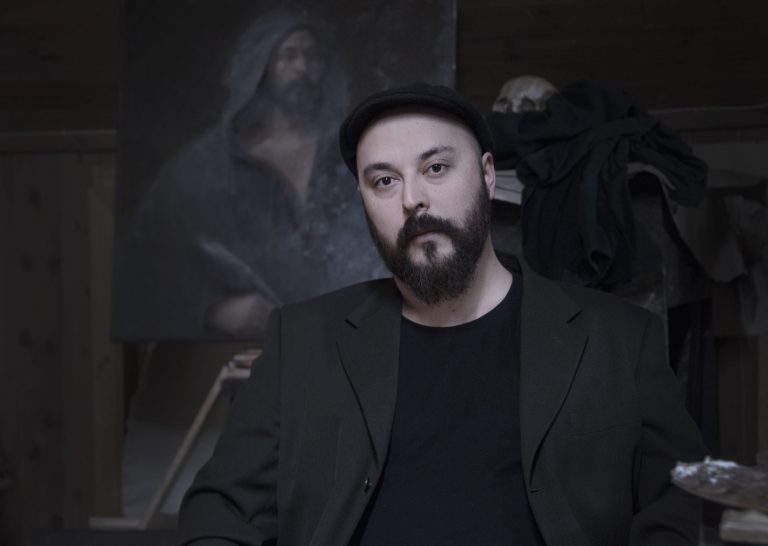I have, as any other human, always imitated. Ever since I was a newborn child copying the facial expressions of my mother, to when I discovered the great cartoonist Don Rosa and wanted to become as good at drawing as him. Also when I discovered the wonderful land of Kitsch, populated by the greeks, Leonardo, Bach, Rembrandt, Shakespeare and Odd Nerdrum. Looking back at my period making cartoons, I never worried about finding my own style (because I knew that was very easy; just make a bad copy of whatever you’re copying). I always sought to make noble representations of noble men. I loved the myths, from the Christian to the norse. I have realised that ever since I discovered Don Rosa, I was a lonely wanderer seeking a place where I could belong. Where I could tell timeless myths and represent man as he ought to be, and to also work in a value system where my work could be given fair criticism on the right premisses. I had no point of reference for how to represent the stories I so desperately wanted to tell. On my journey to finding a place where I could belong, I had to find guides to show me the way.
My first stage of becoming a kitschman was to learn how to imitate my idol. I learned to shamelessly imitate the cartoonist Don Rosa, my first master. Although some people around me encouraged me to call myself an artist, I refused, and referred to myself as a cartoonist. I was aware of Picasso and Edvard Munch’s worst paintings, which were always referred to as «art». Obviously I, an imitator seeking to look like my master, could not see myself as an artist. During this period I got to know another cartoonist, Mikkel Hagen, who told me about books he had read. They were great stories about grand heroes getting their gold back, fighting dragons and saving princesses. He introduced me to watercolors of battle scenes, kings, wizards, trolls and dwarves. I loved these stories. They had a very strong appeal to me, and I later learned that this appeal was extremely universal. Mikkel Hagen became my guide, and he showed me what I should read to experience these great myths. So I had no other choice than continuing my journey on the destination of which still was unknown to me. In this first stage, I learned that imitation was the most natural thing in the world, and by imitating well enough great things can be made.
In my second stage of becoming a kitschman, I learned about myths and was greeted by the Lord of the Rings, which I read several times. I was also captivated by the myths the vikings told each-other, and I even learned how to write in Runes. As earlier mentioned, I learned in the first stage that one could copy without shame, the copy just had to be good enough. Now, as a cartoonist I was a storyteller. The only problem was that I didn’t know where the best stories were, but that was why I decided to go to the house of the myths. I discovered how fascinating the myths in the bible were, I began watching movies that had classical music in them, and by chance, watching a documentary about the Lord of the Rings. I rediscovered the same watercolors Mikkel Hagen had shown to me. The watercolors, made by Alan Lee and John Howe for an exclusive publication of the Lord of the Rings, were first introduced to me by Mikkel Hagen but they seemed very familiar. The two illustrators referred to themselves as artists. I was still conscious about the fact Picasso and Munch was referred to as «the greatest artists ever», so I remained sceptical about calling myself an artist. Lee and Howe clearly had way different ideals and values than Picasso, so I couldn’t understand why they put themselves into the same professional category as him.
I copied Alan Lee and John Howe. I learned the importance of good storytelling and myths, also how powerful the human face can be. I wrote poems and short stories. I had almost stopped making cartoons as I focused on making portraits in charcoal. My ideals of Lee and Howe, were better than my past ideals, namely the duck cartoonists. But could there be any better? I didn’t feel at home yet. I knew I was no artist, but I had no clear value system. What was I?
One day, when I was 13, I heard about a painting class in a town nearby. I looked up the teacher of the class, Monika Helgesen. Her paintings reminded me of the illustrations by Alan Lee and John Howe. I saw this as an excellent opportunity to get help with making a good copy of one of the illustrations that I admired: a portrait of Gandalf. I went to the painting class which lasted for three days. I made a poor copy of the portrait of Gandalf, but it was much better than anything I had done before. This was the first time I tried painting, and the teacher was very impressed with me, so she showed me something which made a great impression on me: «Amo», painted by Odd Nerdrum. She said to me: «This is a painting by my master, Odd Nerdrum. Would you like to make a copy of it?» So I did. The name Odd Nerdrum stuck to my mind. I looked up his paintings, which were the most fantastic things I have ever seen. «Twilight» was the first painting I saw after the «Amo» portrait. It did not wake laughter in me. Rather, it made a huge and serious impression on me. It was difficult to process how he had made a shitting woman look… visually pleasing! In retrospect, I realised that a painting like this, painted in the manner it’s painted in, is as far away from art as you can get. The father of art, Immanuel Kant, argued in The Critique of Judgement, that a beautiful object is beautiful in itself; it cannot be made beautiful. Then there is «Twilight», which made such a strong impression on me… if it is not art, what is it?
Soon after the painting class I made self portraits from the mirror, heavily influenced by Odd Nerdrum and another painter I had just discovered; Rembrandt. I had completely stopped making cartoons, and I was reading all I could about Nerdrum. I remember very well reading that he didn’t call his work «art»… but «kitsch»! That was very interesting to me… In terms of technique I had no doubt about what I should do. I should become as good as Nerdrum. But the philosophy, however, was very unclear. I was looking everywhere on the internet for what kitsch was. All I could find was… art… the Michael Jackson figure with the monkey and similar things, that didn’t look like Rembrandt or Nerdrum at all. So I realized that the internet was almost hiding something for me. I never found anything about kitsch, until…
Half a year after the painting class I was visiting my grandmother, who would take me to a café next to a book store which I always used to visit. My main motivation, ever since the discovery of Nerdrum, was to find books on kitsch, but I knew it would be difficult. I was searching every bookshelf in the store for about an hour, and finally I had reached the last bookshelf. I was just about to give up and I lifted up what I thought would be the last book for the day. Then, under that very book; a painting of a Messiah in a golden robe, holding a brush in one hand and a pallet in the other… The name of the book: ‘Kitsch – more than Art.’ A book that later confirmed that I was no artist, but a Kitschman. A book that would finally bring me home to where I had always belonged: the land of Kitsch, where the greatest of mankind lived.
When I look back at this journey, I realise that I have been extremely lucky to be a shameless imitator, discover myths, discover the great masters and the philosophy of kitsch without any interference from the art police (as opposed to most of my fellow Kitschmen). I have been extremely fortunate to discover all of these things before the art police could force me into becoming an artist; for example through further ‘education’ at an art academy. I always knew a little bit about what art was, and certainly what it looked like. I knew I was not an artist, but I didn’t know what I was before the fall of 2016. As Odd Nerdrum has said: «After I discovered the nature of art and the nature of kitsch, I understood where I belonged». If I had called myself an artist, I would not have gotten a fair critique. Now, when I am so open and clear about not being an artist, but a Kitschman, there is a chance.




